
Sigma is among a select group Japanese photographic manufacturers who still make their lenses in Japan, instead of farming them out to other nations. I’ve always been impressed by the quality of Sigma lenses, over many decades, and things got even better when the ‘Global Vision’ range of Art, Contemporary and Sports lenses was launched back in 2012. I’ve generally found that Sigma lenses are every bit as good as ‘own-brand’ equivalents from other camera manufacturers, sometimes even better, and often at a fraction of the price. Recent development has mostly focused on designing competitors to the best Sony E-mount lenses and the line-up includes some of the best Leica L-mount lenses, the latter also being compatible with Sigma’s own recent camera bodies as well as Panasonic S-line full-frame cameras.
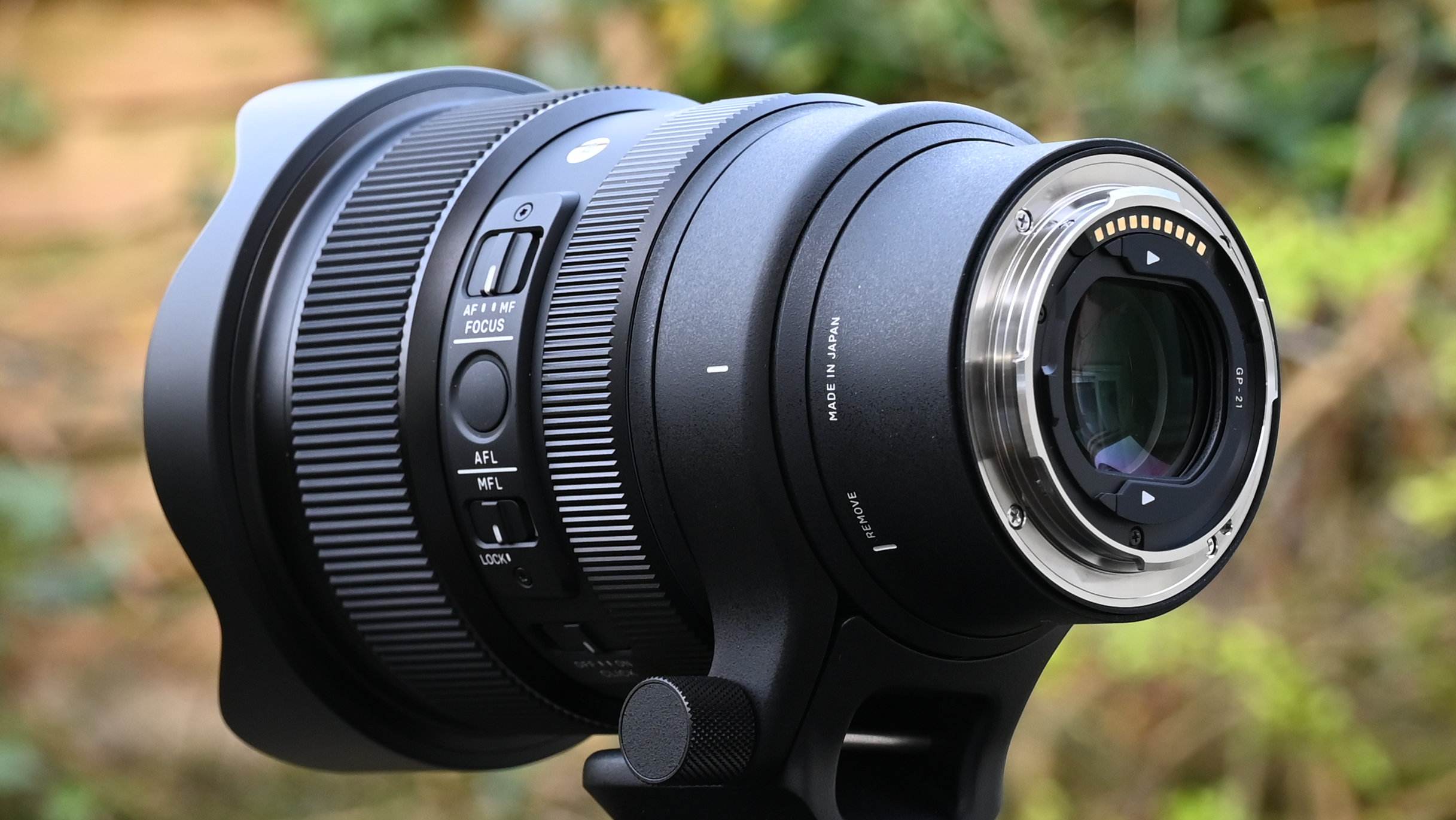
Sigma 15mm F1.4 DG DN Diagonal Fisheye Art: What's changed?
Both circular and diagonal fisheye lenses go back donkey’s years. Circular fisheyes produce a relatively small image circle, delivering circular pictures that only utilize the central area of the camera’s image sensor, but with a full 180-degree viewing angle in both horizontal and vertical axes. They were originally invented for weather-watching, as the lens can capture the entire sky in a single shot. This lens is a diagonal fisheye (confusingly also known as a full-frame fisheye), so you get a smaller viewing angle, equating to 180 degrees measured on the diagonal, but the whole of the camera’s image sensor is employed to enable full-sized, rectangular images. As with other fisheye lenses, the Sigma 15mm delivers that trademark extreme barrel distortion, typical of ‘curvilinear’ rather than ‘rectilinear’ wide-angle lenses. What’s new is that this is the world’s first fisheye with a super-fast f/1.4 aperture rating. As such, it’s more ideal than most for astrophotography and for shooting in very low-lit scenarios.
Sigma 15mm F1.4 DG DN Diagonal Fisheye Art: Specifications
Sigma 15mm F1.4 DG DN Diagonal Fisheye Art: Price & Availability
As I’ve mentioned, Sigma lenses are often very competitively priced, compared with own-brand equivalents from most camera manufacturers. That’s not the case this time around. Launched in February 2024, the lens is available in Sony E and Leica L mount options, at a cost of around £1,859/$1,999 and it measures 104x158g, and weighs 1,360g. That’s a lot bigger, heavier and pricier than the full-frame compatible Sigma 15mm F/2.8 EX DG Diagonal Fisheye (74x65mm, 370g, £450/$830) and Sigma 8mm f/3.5 EX DG Circular Fisheye (74x69mm, 400g, £599/$899), which were launched back in 2005 and 2006 respectively. Those lenses were aimed mainly at Canon and Nikon DSLRs, and have now been discontinued. The main reasons behind the upsized, heavier build in the new lens and its more exotic price tag are the faster f/1.4 aperture rating and the more pro-grade construction. If you’d prefer a rectilinear ultra-wide-angle lens with the same fast f/1.4 aperture, look no further than the Sigma 14mm F1.4 DG DN Art (£1,399/$1,599), which is also available in Sony E and Leica L mount options.
Sigma 15mm F1.4 DG DN Diagonal Fisheye Art: Design & Handling
I’ve seen some seriously small fisheye lenses over the years. They tend to be very much more compact and lightweight than rectilinear ultra-wide-angle prime and zoom lenses. This one is a comparative heavyweight and comes complete with a tripod mounting ring that has an Arca-Swiss profile, enabling direct attachment to like-minded tripod heads. I like that that the ring is completely removable and the lens comes with a rubber band that you can slip over in its place, more ideal for handheld shooting. As with other Sigma Art and Sports line lenses, this one is supplied with a high-quality protective soft case and removable shoulder strap, instead of a flimsy pouch.
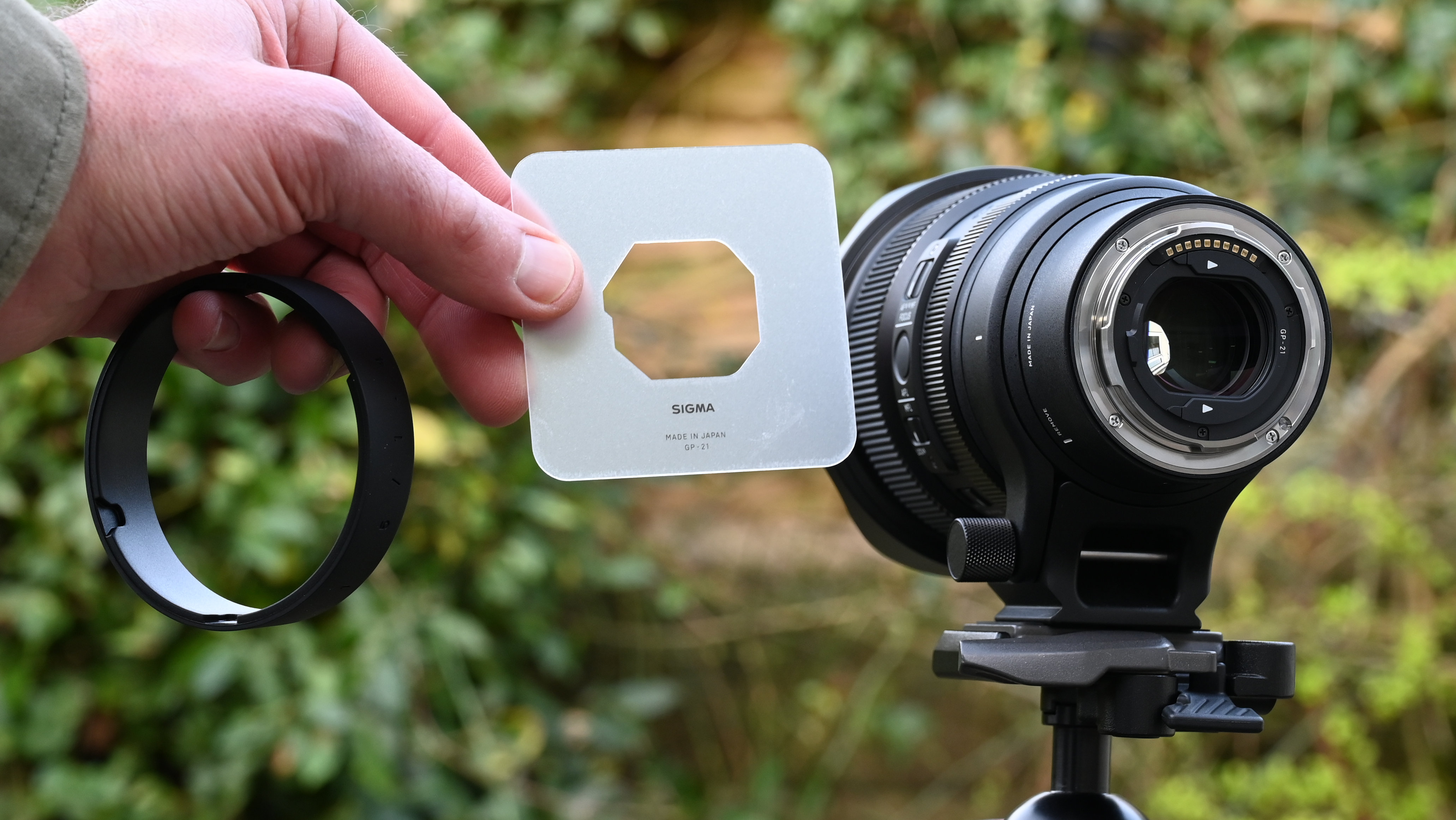
The optical design is based on 21 elements arranged in 15 groups, so it’s pretty complex for a fisheye lens. For a boost in performance, the optical path includes three SLD (Special Low Dispersion) elements and four top-grade FLD (‘Fluorite’ Low Dispersion) elements. The aim is to maximize sharpness and clarity while minimizing color fringing and other unwanted aberrations. As with other fisheye lenses and many ultra-wide-angle rectilinear lenses, the hood is fixed in place and can’t be removed. Not just to reduce ghosting and flare, it also gives physical protection to the protruding front element. This precludes the easy attachment of filters, but the lens does feature a gelatin filter slot in its mounting plate at the rear, for which a template is supplied for cutting out your own filters.

With so much emphasis on ‘hybrid’ shooting these days, I like that the lens has an aperture control ring, along with a click/de-click switch. My only complaint with aperture rings is that I find they’re often easy to accidentally nudge from their Auto position for camera-based control, and I suddenly find myself randomly shooting at a very narrow aperture. Hurrah, this lens features a locking switch to avoid any mishaps. The same goes for the focus ring. Given the lens’s suitability for astrophotography, I like that I can switch from autofocus to manual focus, set the focus distance precisely, then use the locking switch to avoid any further unintentional adjustment. There’s also a customizable function button, nominally for autofocus-hold. Another nice touch for astrophotography is that there’s a lens heater retainer lip at the front, to keep heat strips in place for avoiding any build-up of condensation. Bringing up the rear, so to speak, the lens has Sigma’s usual plated brass mounting plate, complete with a weather-seal ring.
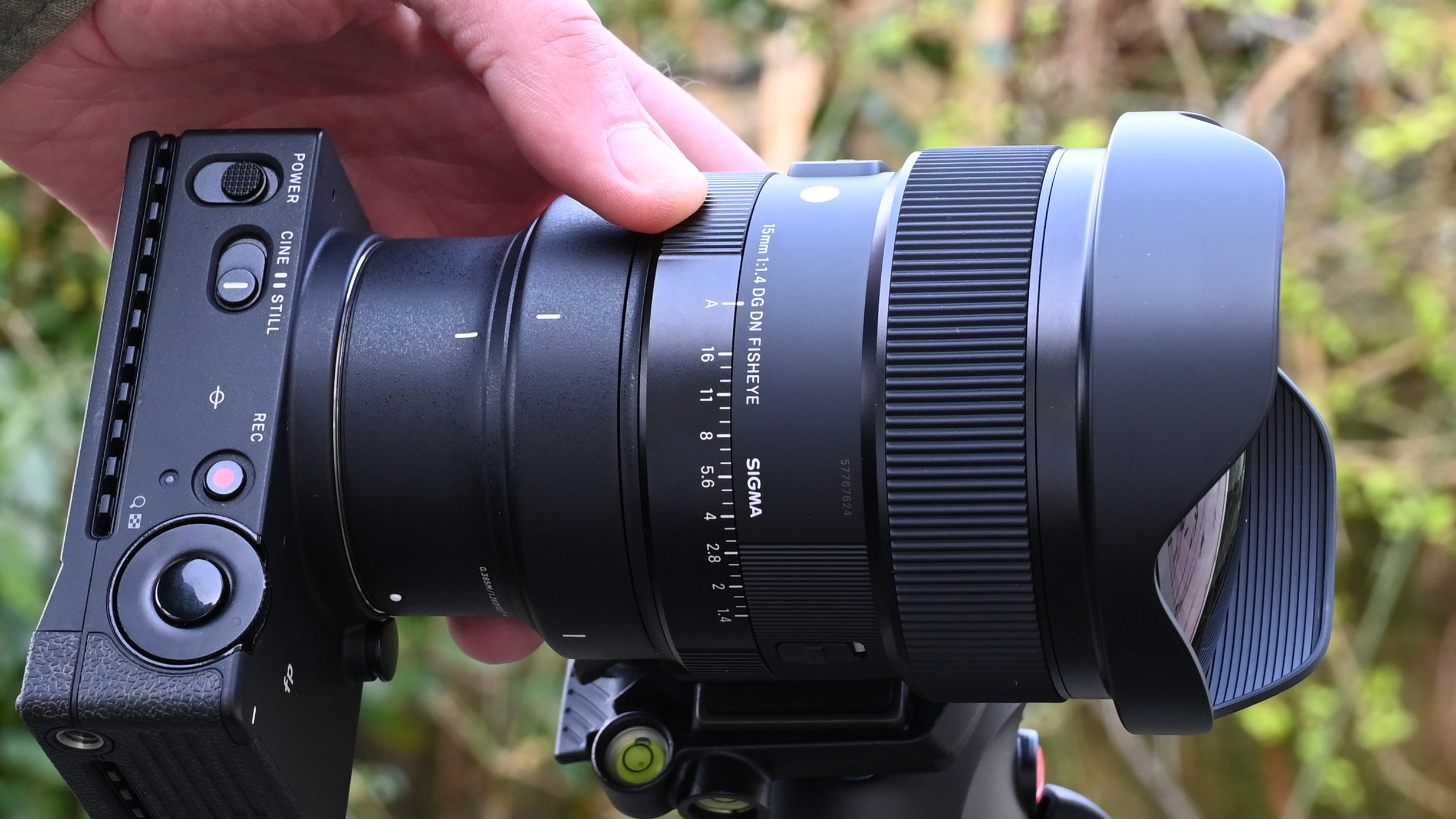
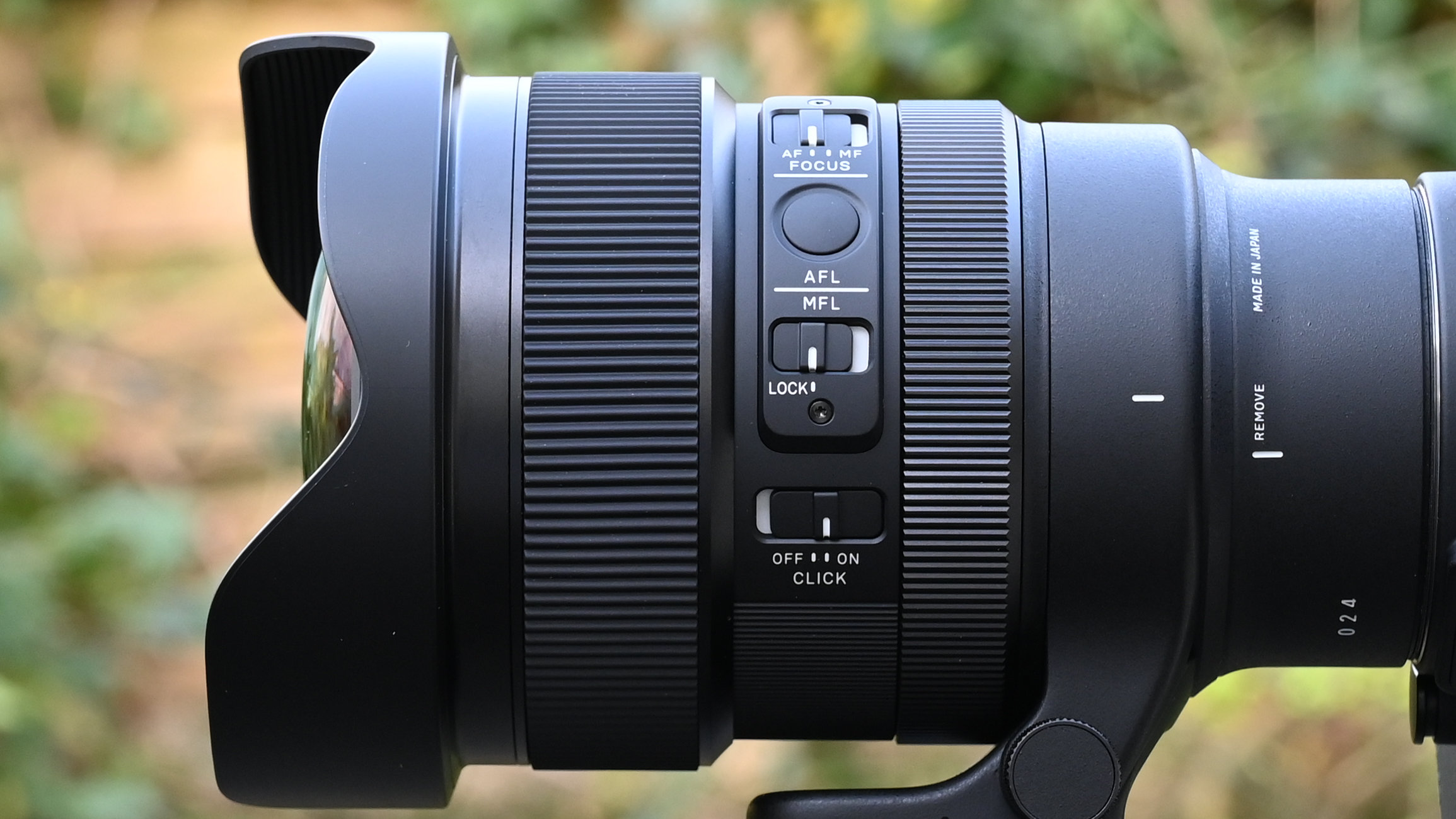
Sigma 15mm F1.4 DG DN Diagonal Fisheye Art: Photo Performance
I tested the L-mount version of the lens with a 61-megapixel Sigma fp L camera body. An image sensor with such a high resolution represents a big challenge for a fisheye lens but I was really impressed at the sharpness of the images, not just in the central region of the frame but right out to the extreme edges and corners, even at very wide aperture settings. A bonus for astrophotography is that the optics are designed to minimize sagittal coma flare, so stars and other pinpricks of light are rendered accurately rather than taking on irregular shapes like ‘batwing coma’.
Sigma says this is its first lens to be ‘designed using state-of-the-art simulation technology’, and that one of the benefits is that suppression of ghosting and flare is particularly good. I found that to be true when shooting into the light, and with light entering the lens at oblique angles. Color fringing is very minimal, although, as I’d fully hope for in a fisheye lens, barrel distortion is off the scale, giving that highly distinctive, creative look to images.

Sigma 15mm F1.4 DG DN Diagonal Fisheye Art: Sample Images
This set of example shots was taken under low lighting levels in a cathedral, handheld at f/2.8. You'll notice that, as a fisheye lens, the Sigma gives a huge depth of field even at this wide aperture setting.
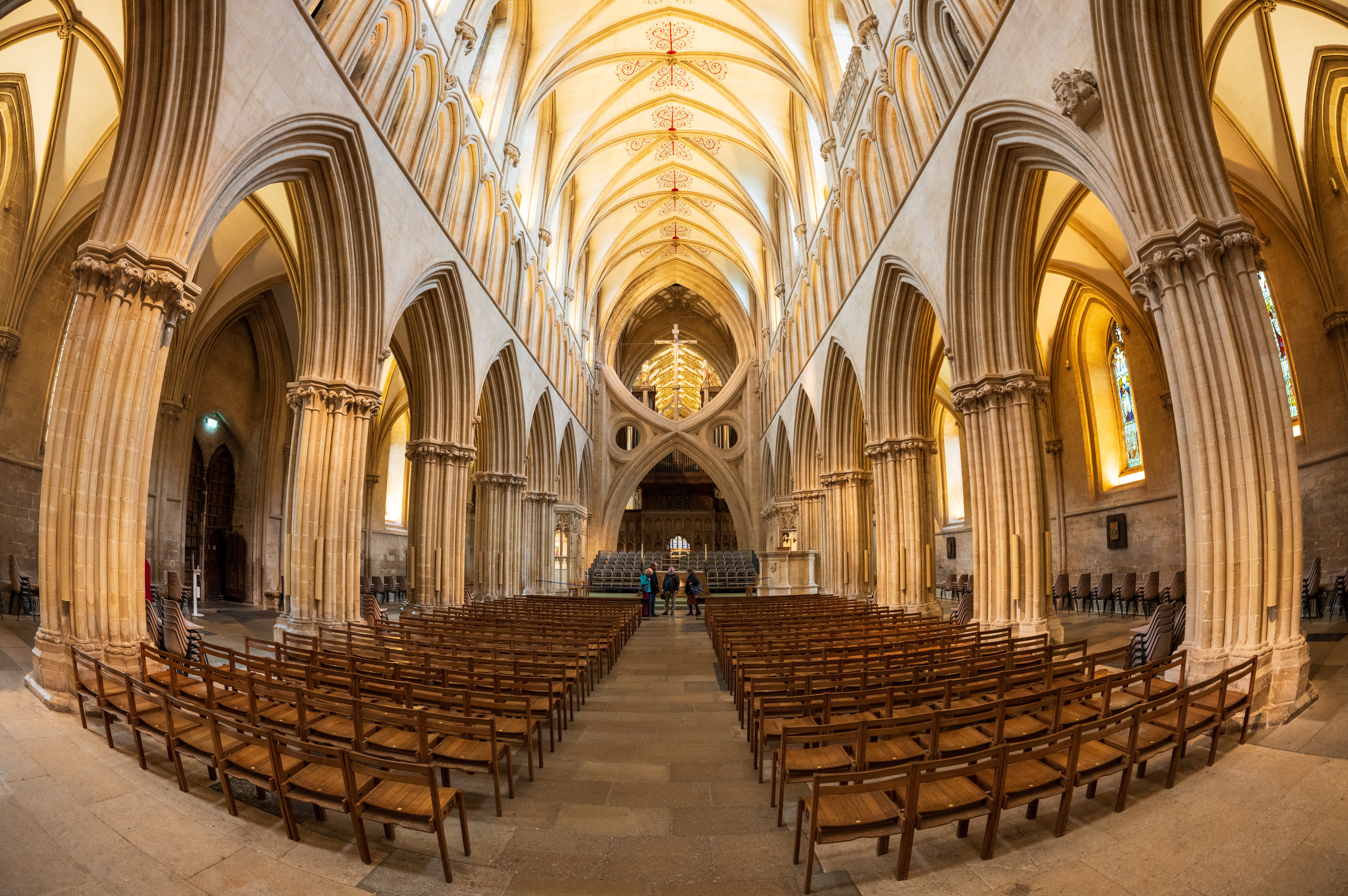


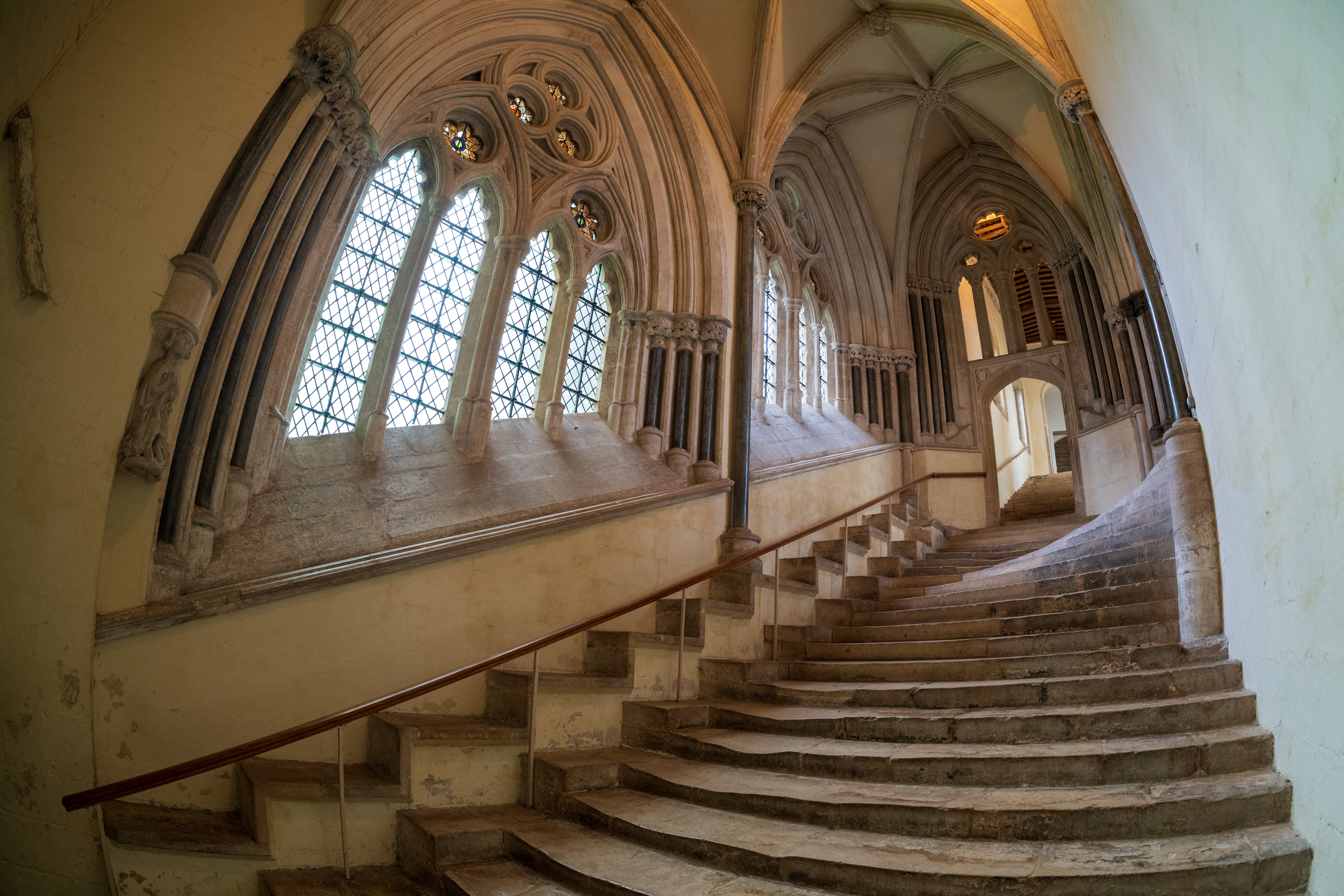

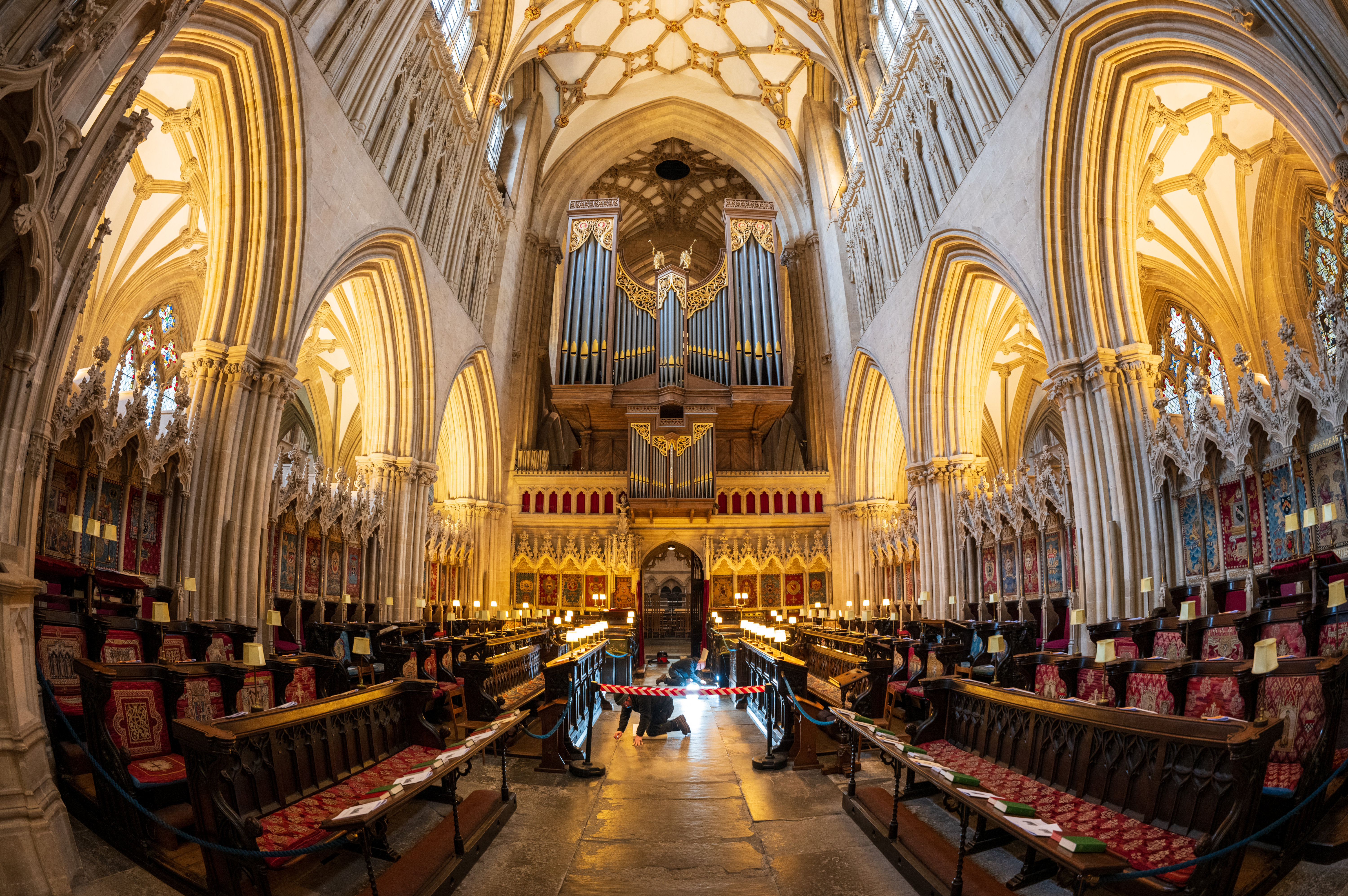
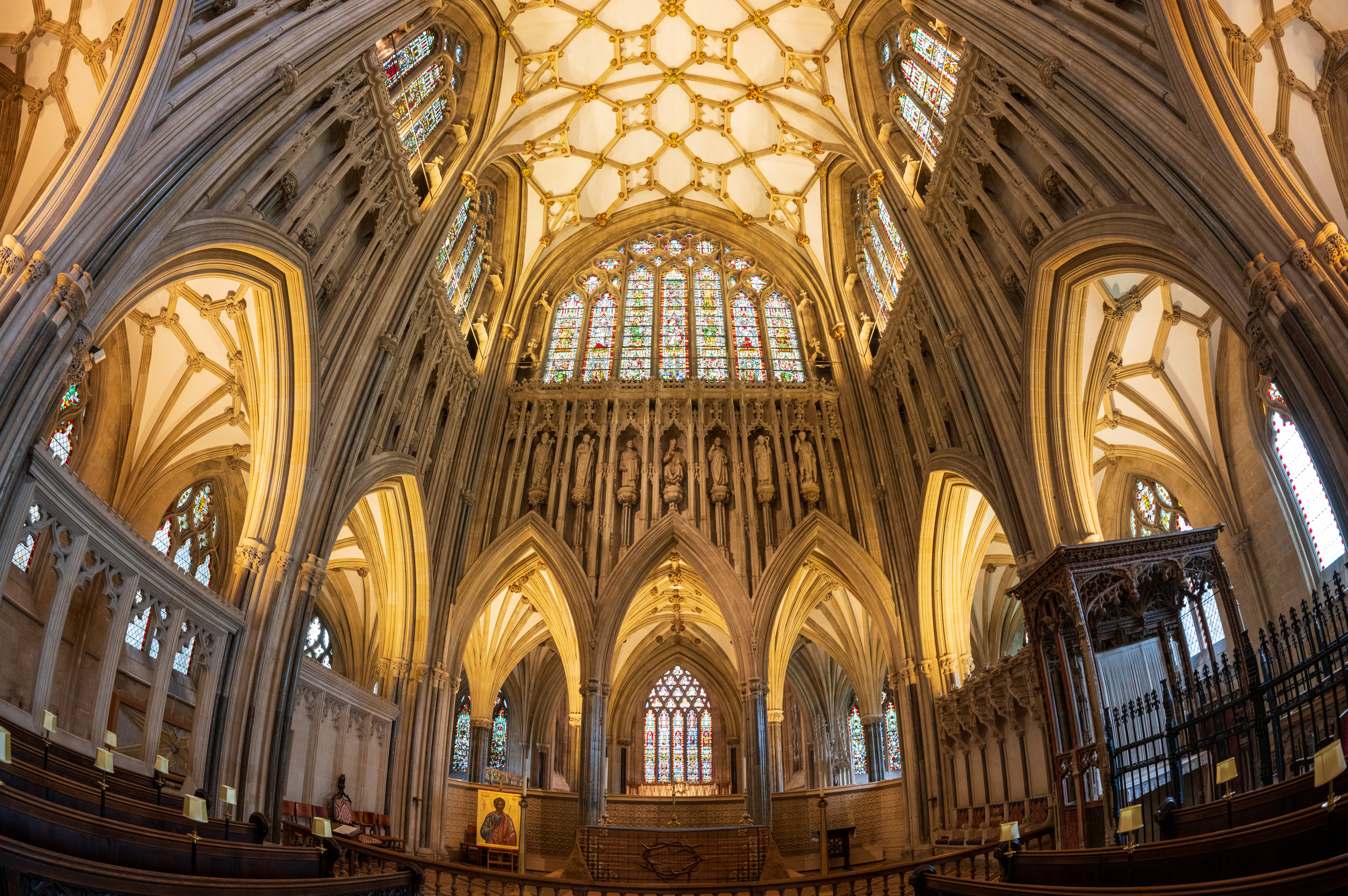


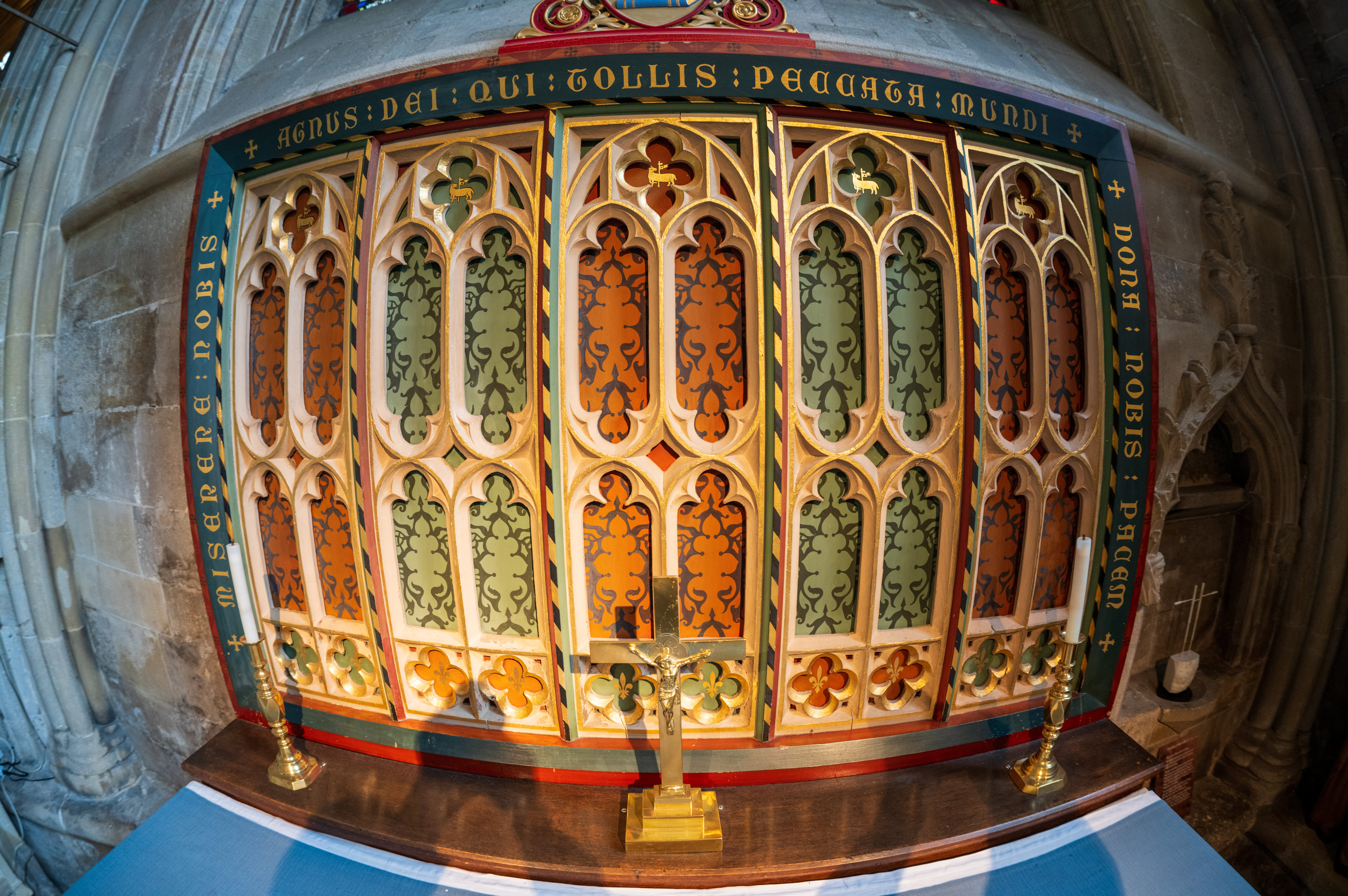
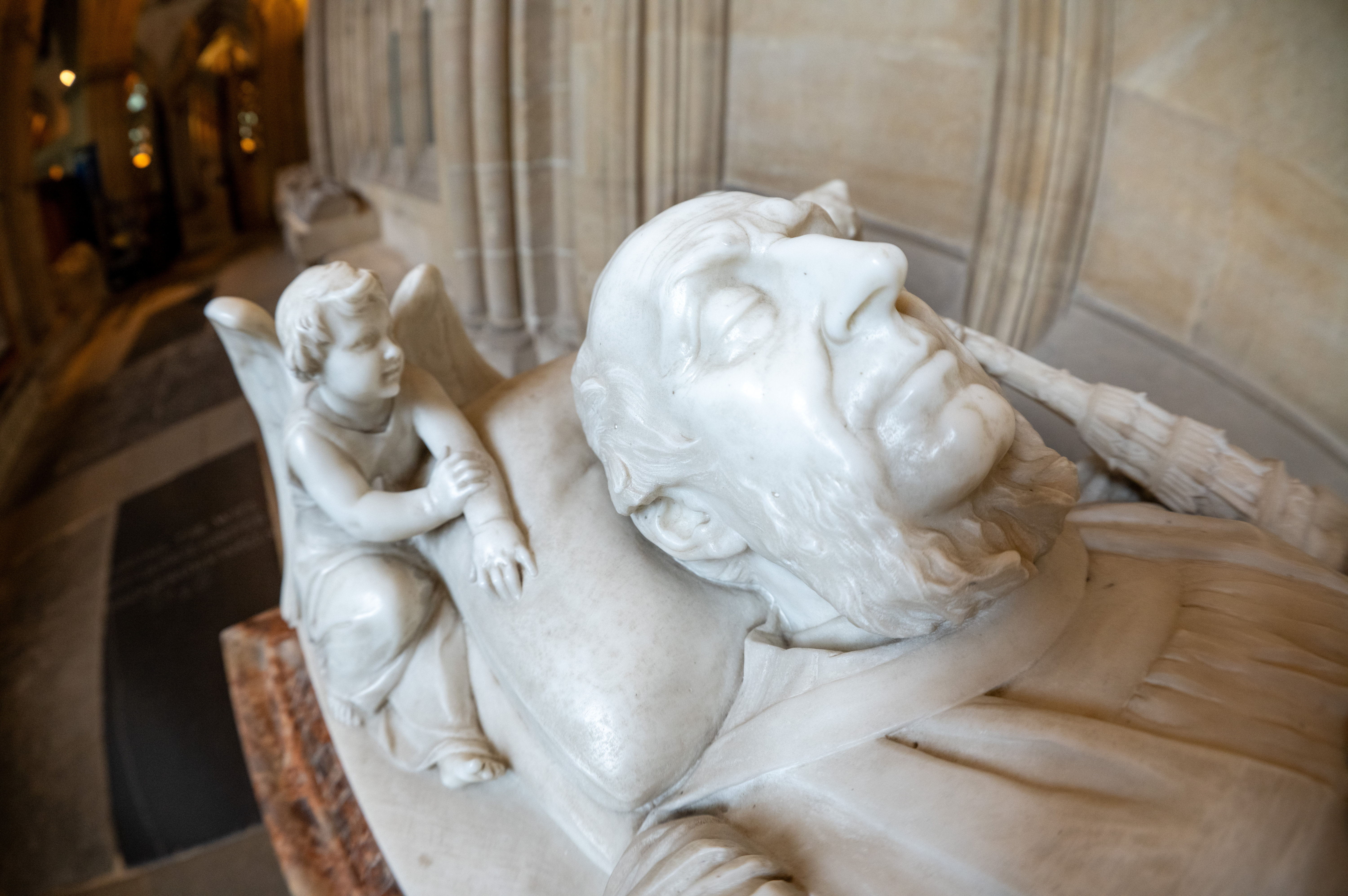


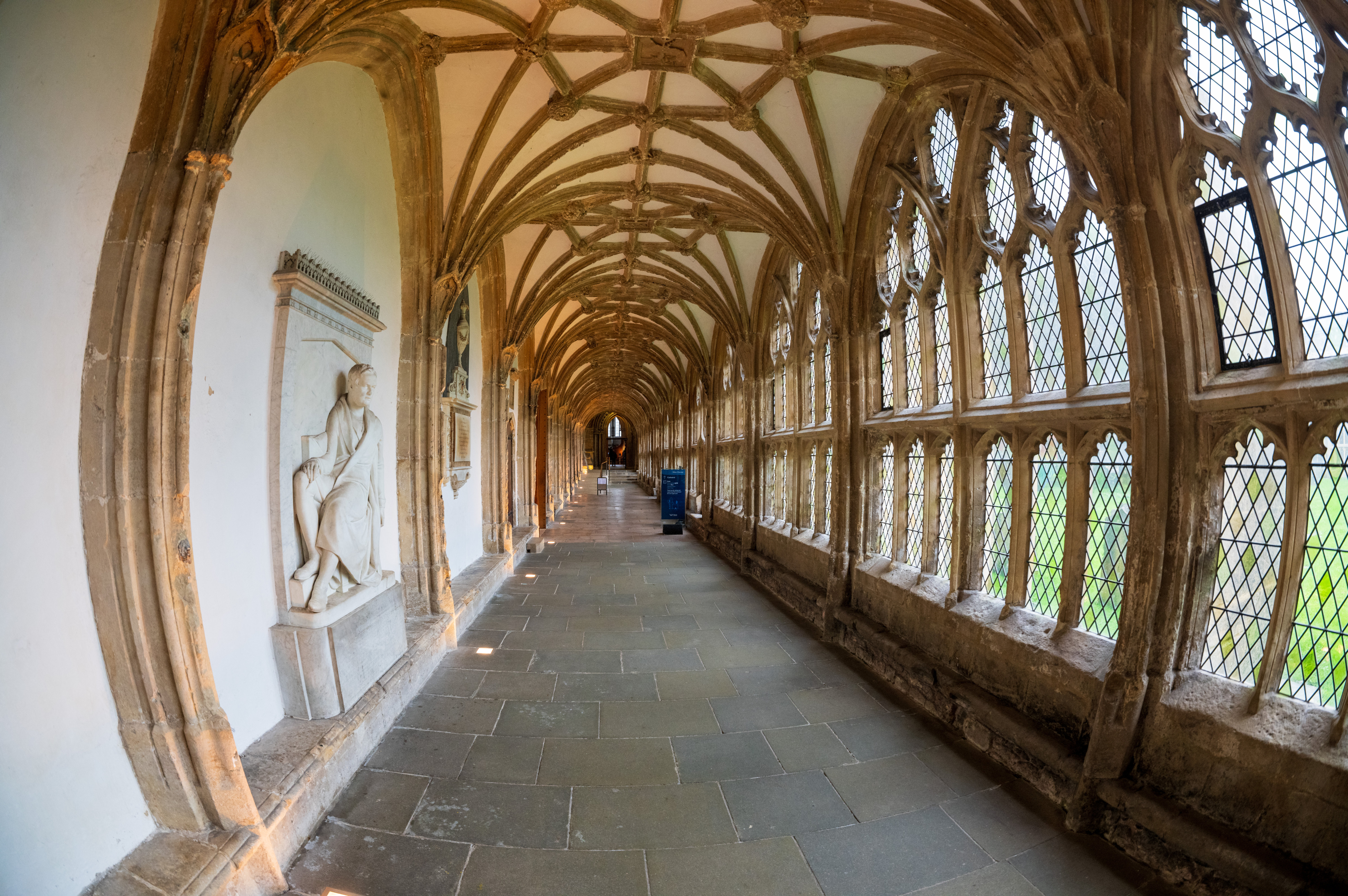
Sigma 15mm F1.4 DG DN Diagonal Fisheye Art: Verdict
I’m something of a fisheye fan. I love the way they give a mighty wall-to-wall viewing angle and a really distinctive look to images for creative effect. It’s literally like taking the blinkers off your photography. The Sigma 15mm F1.4 DG DN Diagonal Fisheye Art adds extra potential to the genre, thanks to its relatively fast f/1.4 aperture rating. This not only makes it more suitable for astrophotography, but also for nighttime cityscapes and indoor photography, where you want to maintain fast shutter speeds to freeze motion. Sure, it’s big, heavy and expensive for a fisheye lens but, taking the build quality, image quality, overall performance and handling into the equation, you get what you pay for and more besides. It’s a fabulous fisheye lens and simply an epic lens, period.

Should you buy the Sigma 15mm F1.4 DG DN Diagonal Fisheye Art?
✅ Buy this...
- Expansive viewing angle
- Trademark fisheye effect
- Fast f/1.4 aperture
🚫 Don't buy this...
- Relatively big and weighty
- Expensive for a fisheye
- Only Sony E and Leica L options







